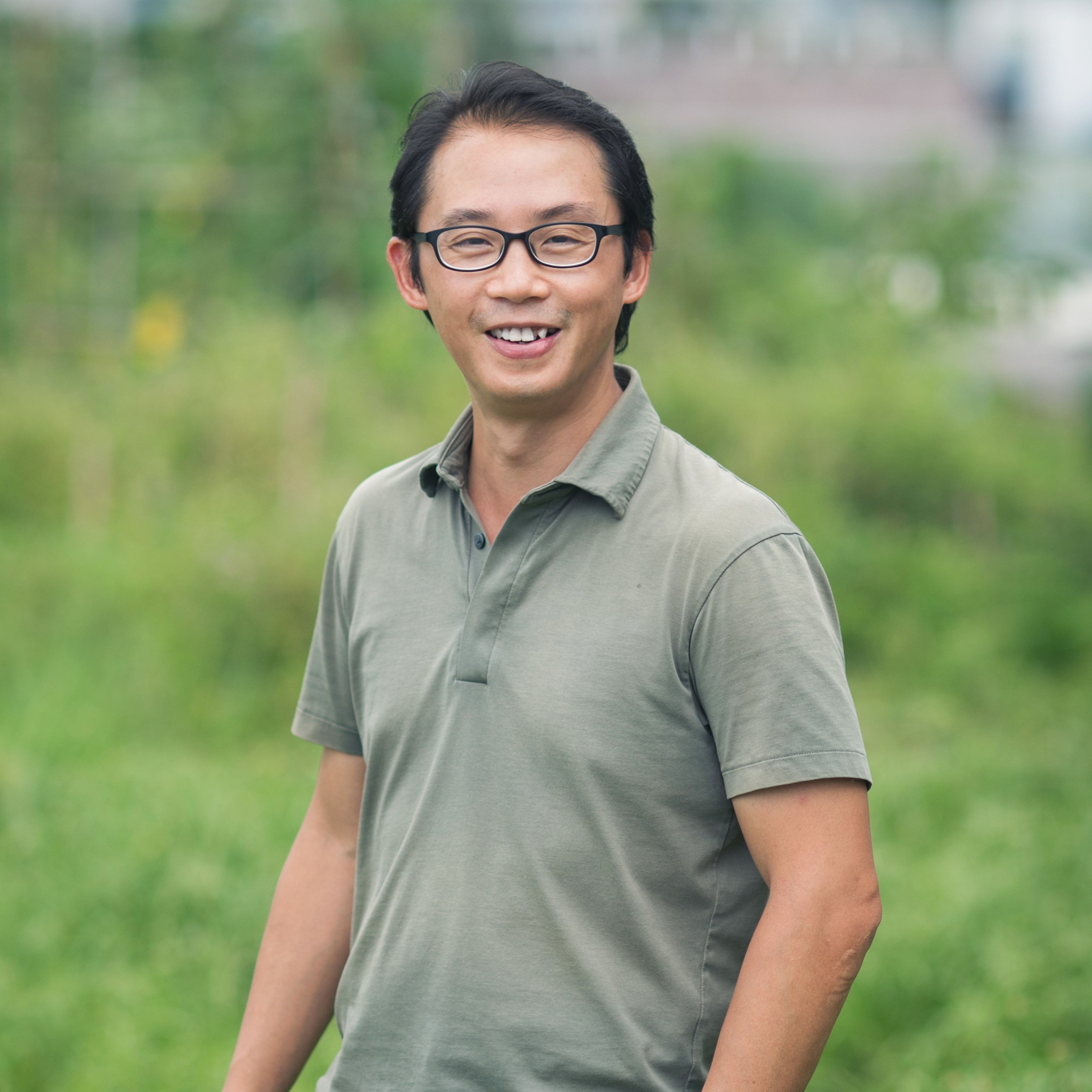“There’s a kind of authenticity in the land that compels me to research on and experiment with it.” Having practiced as an architect in the UK upon graduating from the University of Cambridge, Prof Thomas Chung is however allured to bring students and volunteers into rural villages in Hong Kong. The human touch on the soil and trees opens up opportunities to explore space and living in an authentic setting.
Thomas is Associate Professor of the School of Architecture, CUHK. Since a tender age he has loved drawing and making models, and observes closely the surroundings to ponder the meaning of sense of space. He discusses in depth the significance of phenomenology and spatiality, which are emphasised in the Cambridge school of thought on architecture, in creating place beyond tectonics, sublimating its existence and impression. “When I see that people are using completed architectural designs I worked on, I am happy. Conceptualising and creating an environment for different people is what I want to do!”
Having studied in and traversed the UK since teenage, Thomas finds his roots in Hong Kong and wishes to know better this place he calls home. He made the tenacious decision to join School of Architecture, CUHK in 2006. “I believe that people involved in architecture look at the world differently. We tend to have an understanding of the relativity and interactivity of ourselves vis-a-vis our surroundings, instead of being egocentric.” Thomas believes that the study of architecture reveals diversity and medley of touchstones and cultures around the world. The gaze turns from the individual to different groups of people, and from people to their environmental impacts.
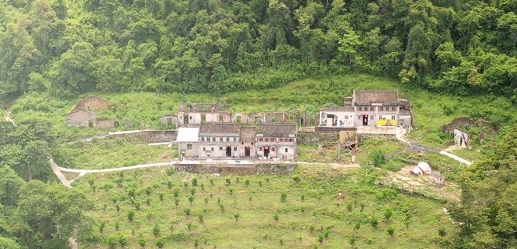
Architecture is not just fit-outs
The petite 360-year-old village of Mui Tsz Lam sits in the verdant wooded hills in northeastern New Territories. The area with built structures constitutes only about half a hectare. Two east-facing rows of Hakka linear houses nestle in an autarkic idyll: the lofty Tiu Tang Lung and fengshui woods at the back, terraced fields in front, and a babbling stream and a well in the south. Yet times change, and we with time, villagers moved away and the place was abandoned.
With the support of CUHK Knowledge Transfer Project Fund (KPF), Thomas pioneers a multiple partnership model that combines artefact conservation, built fabric restoration with community engagement, volunteer participation and student experiential learning for remote village revitalisation and experimental research in architecture education.
“We do much more than furnishing the place. The project is called experimental restoration for a reason. We want to identify questions and possibilities of restoration, and then find ways to implement and enhance the project.” By putting visions into tangible experiments, the project team uses whatever is locally available, and inquires into up-cycled and reused materials in order to carry out restoration works with innovative means. To retain the quaint and unostentatious ambience of the village, the team for instance makes use of bamboo and wood to refurbish the dilapidated village house left only with a few decrepit walls.
Everything started from scratch. Set to revitalise the village for villagers and visitors alike to appreciate its pleasing austerity, Thomas, students of CUHK School of Architecture, village head and villagers get together to deliberate and discuss so as to co-create the future of Mui Tsz Lam. Teaching and learning take place beyond paper. Students get the hang of realising spatial and material designs in architectural studies by getting their hands dirty — clearing the site, working with metal scaffolding, building new rammed earth walls and so on.
“Life is architecture and architecture is the mirror of life,” remarked Chinese-American master architect I.M. Pei. Thomas regards architecture as people-oriented — to cater the needs of people in different times and eras. In the case of Mui Tsz Lam, the issue is to revitalise the deserted village with scrupulous considerations on the natural environment.

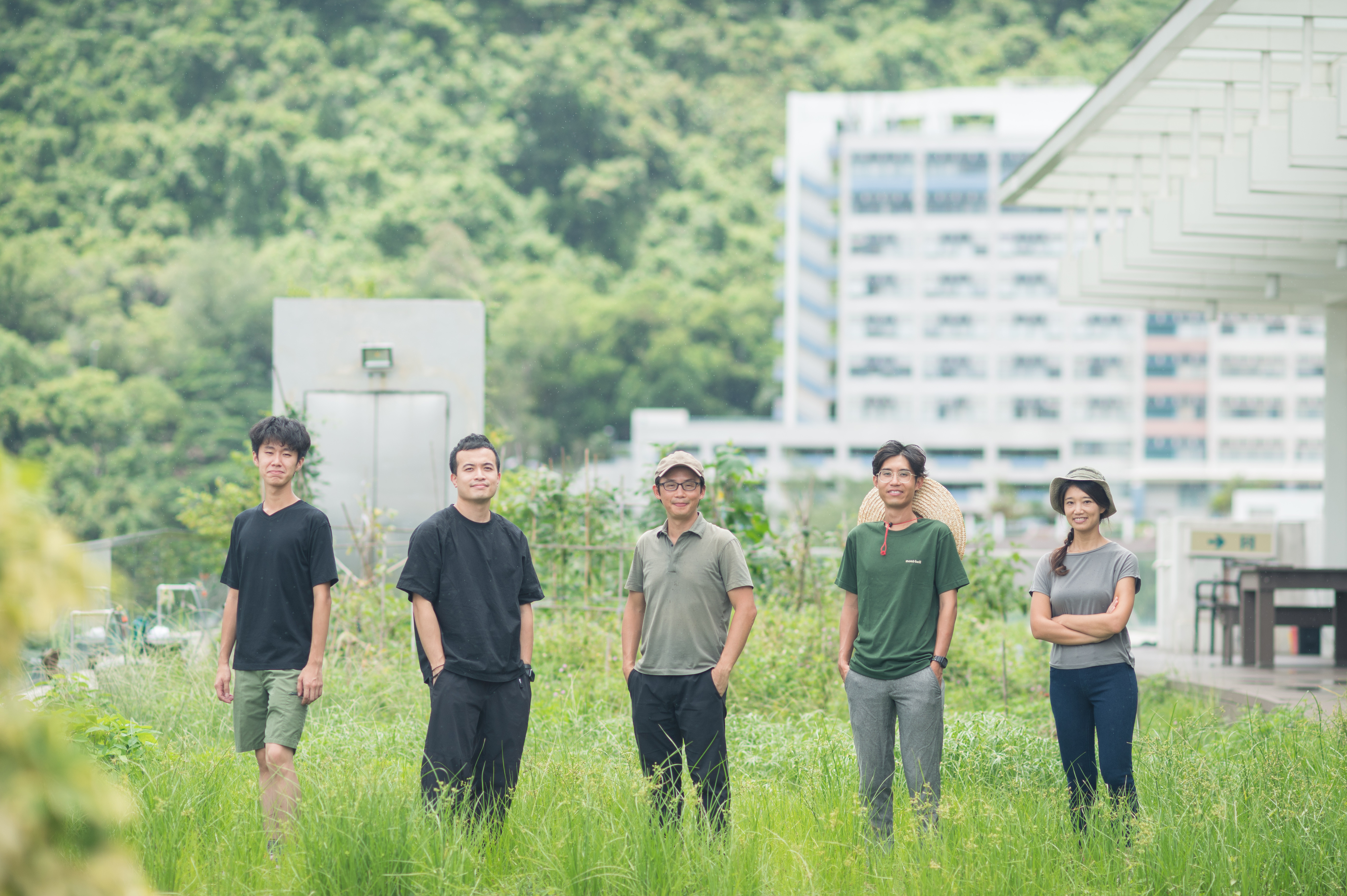
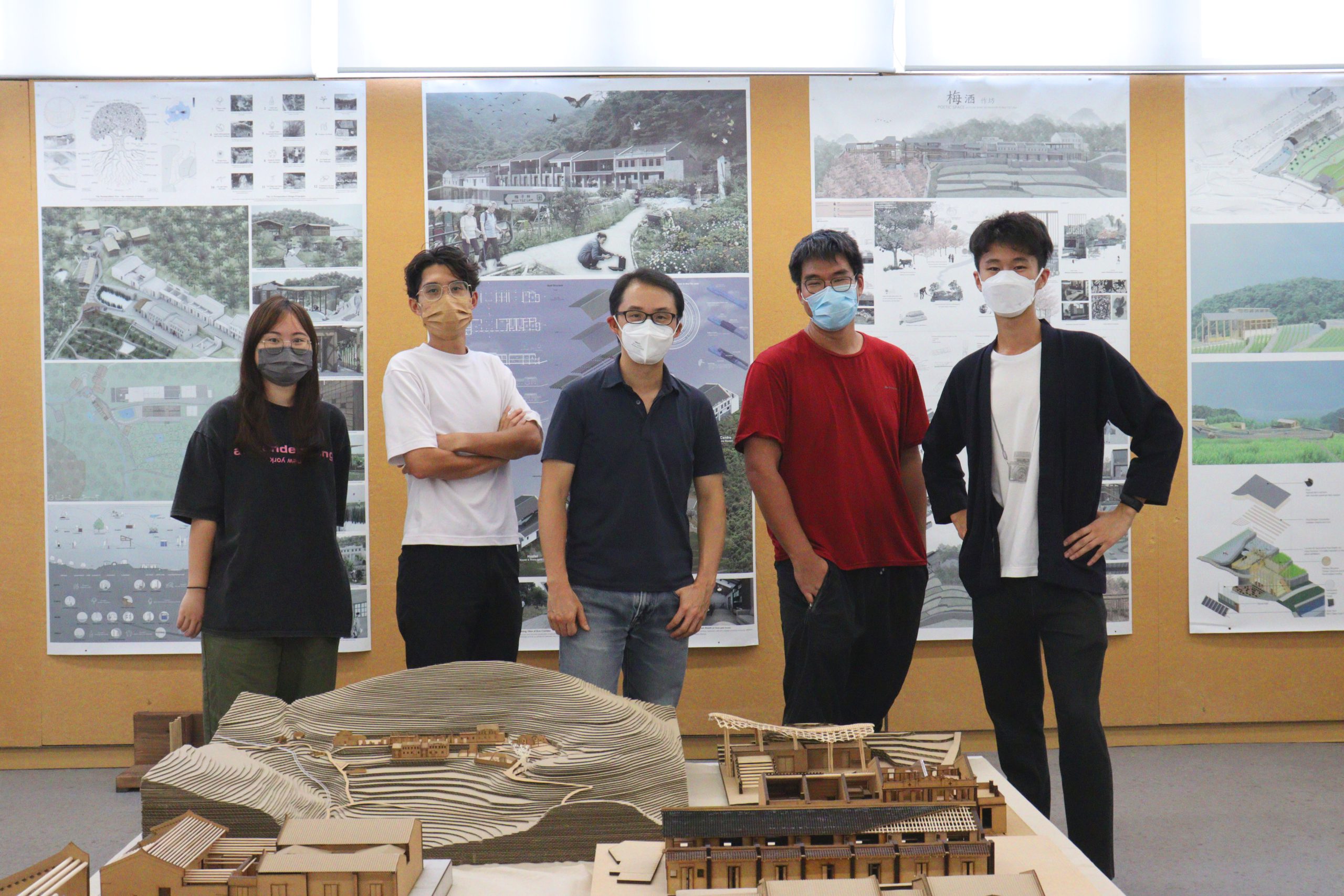
The recent box-office success “Far Far Away” was filmed in Mui Tsz Lam. The film tells of the male lead making daunting trips to date his sweethearts. Prof Chung chuckles, “We see each other at Mui Tsz Lam every week to hoe and dig, and lug cartfuls of mud, debris and timber!”
Cultural landscape of an abandoned village
In the last 2-3 years, through all kinds of weather and challenges, what makes Thomas and his team carry on? Is it passion, or duty? “There’s a kind of authenticity in the land that compels me to research on and experiment with it. Architecture connects to real places. This place belongs to me, to us, to our city. All of us are looking for this — a connection, a sense of belonging.”
Architecture is about building relationship between people and places. Thomas is deeply impressed by the fellowship of the village head and villagers. Albeit in their advanced years, they are earnest in returning to the village to cut grass, fertilise farmlands, remove cow dung, and share good old stories and home-made food with all helpers.
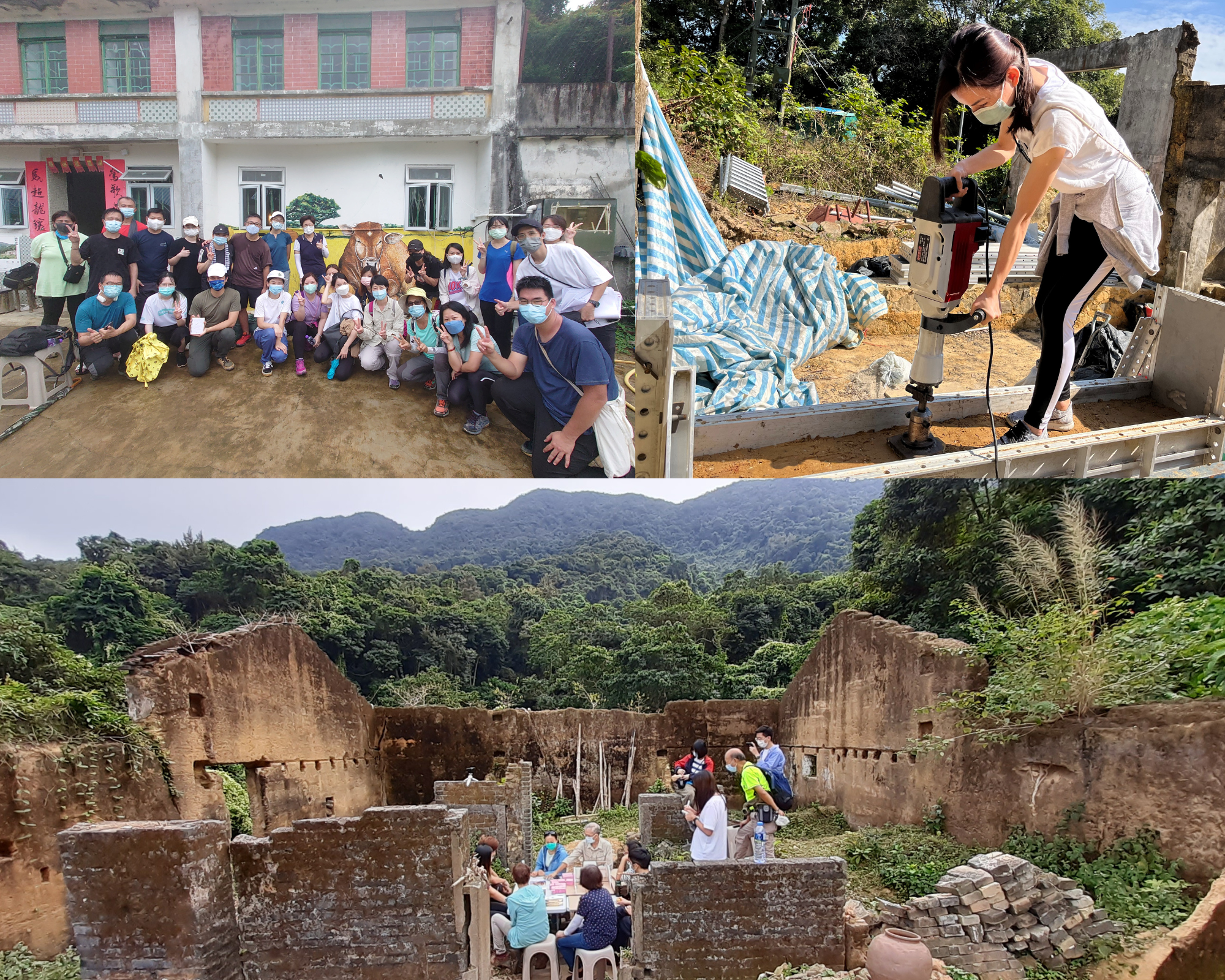
The project also attracts volunteers recruited openly from CUHK School of Architecture, various colleges, I·CARE, as well as through social media platforms (Facebook and Instagram) Project Plum Grove . Among this sizeable group of 120 persons from all walks of life, a core volunteer group has come to the fore to organise activities and discussions on the sustainable revitalisation of Mui Tsz Lam. Thomas describes that “things gather momentum as if they have vitality on their own.”
Despite its remoteness and inaccessibility, the project at Mui Tsz Lam surprisingly connects villagers elsewhere and more opportunities pop up. “During our conversations, I learn that the villagers deem the whole CUHK project team ‘make the effort to make good things happen’. One of the Mui Tsz Lam villagers, who was married to a villager at Ng To of Kuk Po, hence invited us to restore the old house of her husband’s family.” Thomas was awarded funding from the Countryside Conservation Funding Scheme (CCFS) of Environmental Protection Department (EPD) last year to launch another rural village revitalisation project.
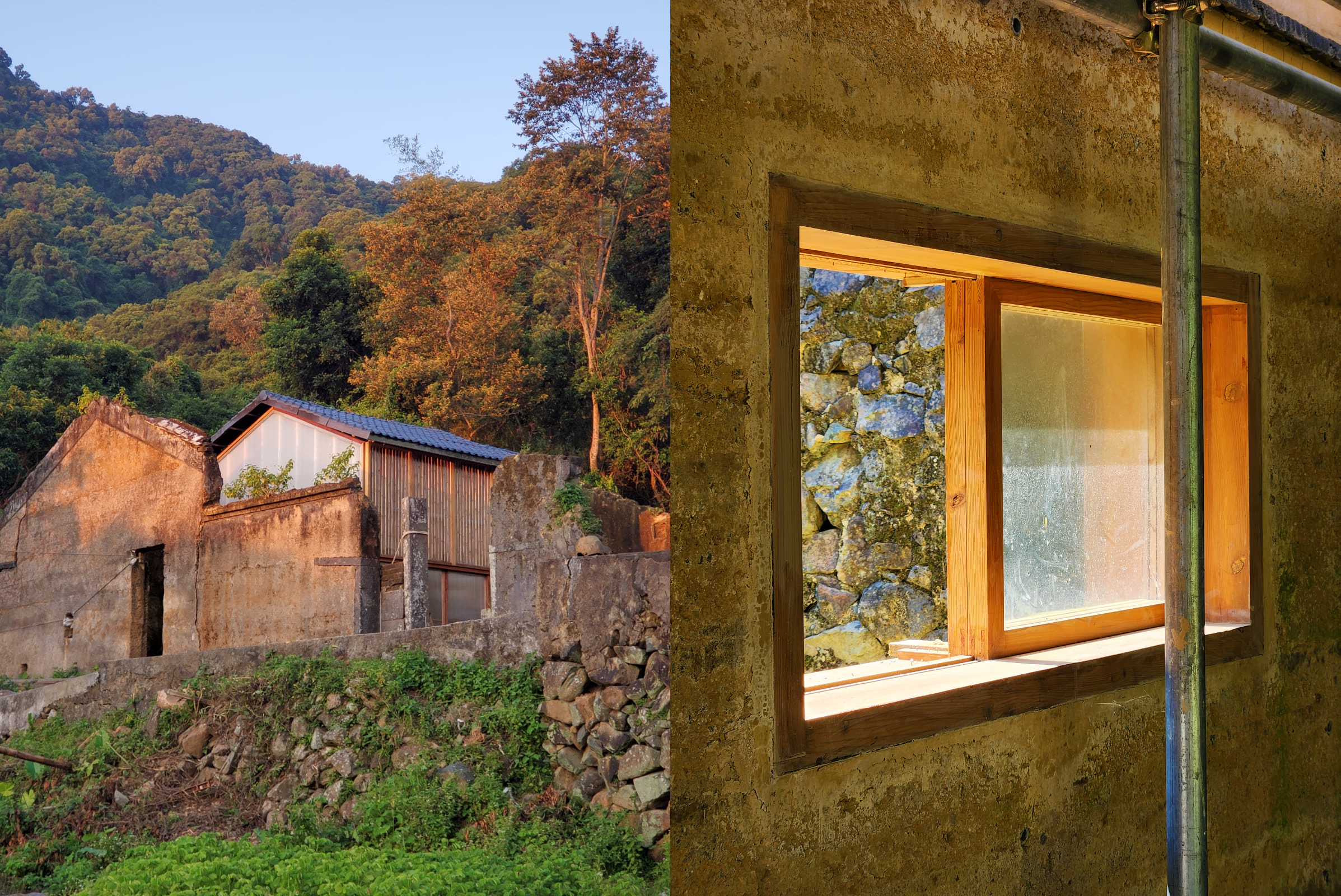
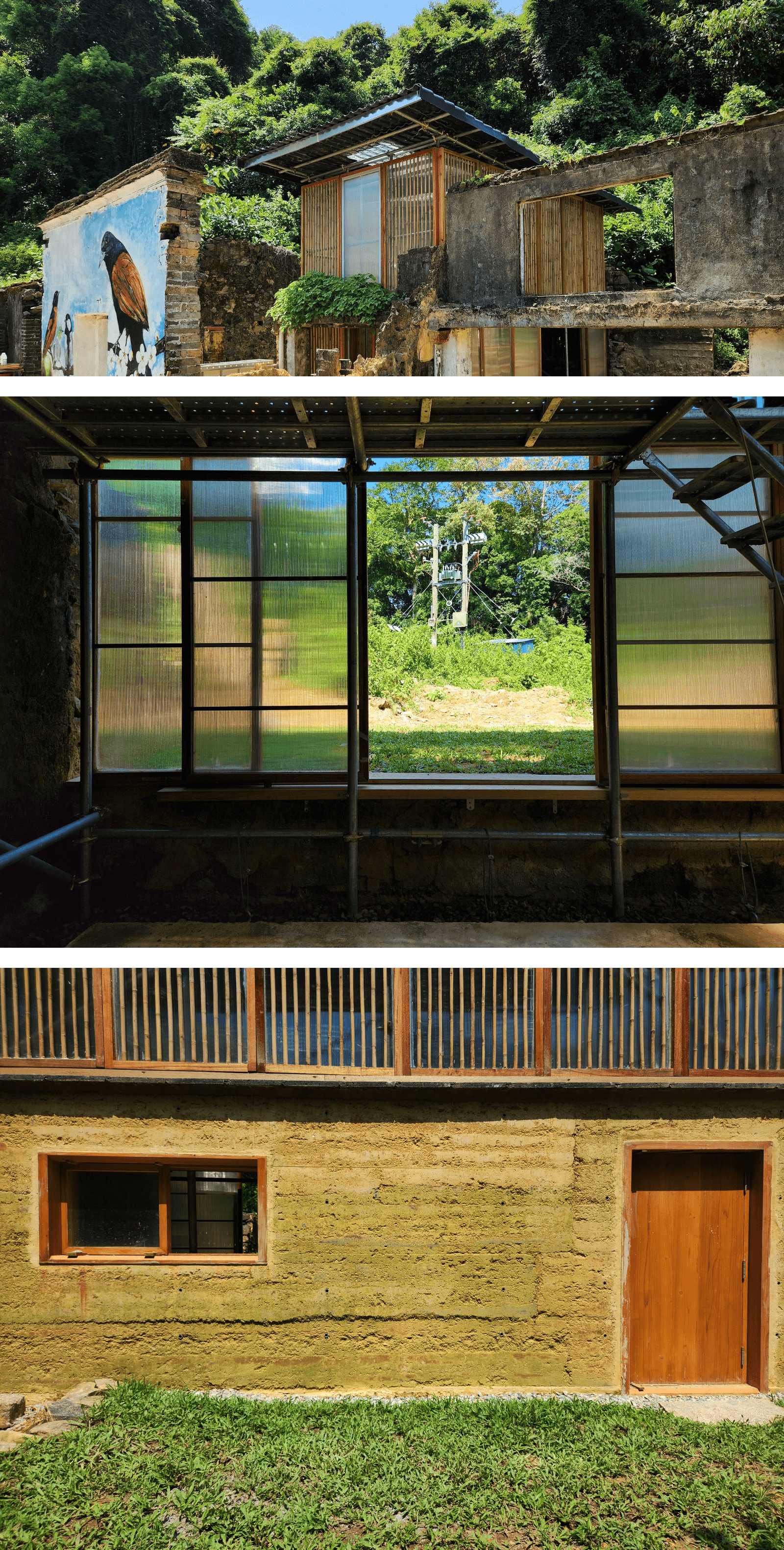
Connectivity for Countryside Conservation
Multitasked as he is, Thomas is facilitator, designer and organiser of the Mui Tsz Lam project. He considers that countryside conservation is of assistance to villagers, students, volunteers and of course rural areas of Hong Kong. Yet with only the power of one person or one discipline is not enough to carry on the legacy.
“Countryside conservation is a relatively new subject matter in Hong Kong. There is a place for every academic discipline to research, bring students to interact with villagers, understand the environment and create social impact. It requires different people and professions to take part, and you will find your focus and know what to contribute, and collaborate with others to conserve the countryside together. Each of us may have a different understanding of the countryside. But when you are there, you discover not only architectural landscape, culture, history and ecological environment — rather all of these are interconnected.”
Thomas hopes to set up an accredited organisation or unit at the university to research on countryside conservation and coordinate resources for such by, for instances, providing seed fund for pilot schemes, administrative support for project management, new subjects and courses, and an integrated information platform to muster interested academics to work together across disciplines.
Which disciplines of knowledge are relevant? Arts and humanities may explore rural history and literature. Anthropology delves into origins of ancient settlements and their relationship with neighbouring communities. Geography looks into natural resources. Studies in ecology and biodiversity cover changes of the environment (soil, water, flora and fauna) and sustainability. Tourism and business examine operation models that are beneficial to all parties and raise public attention.
“Experiences are not wasted”
“Experiences are not wasted”
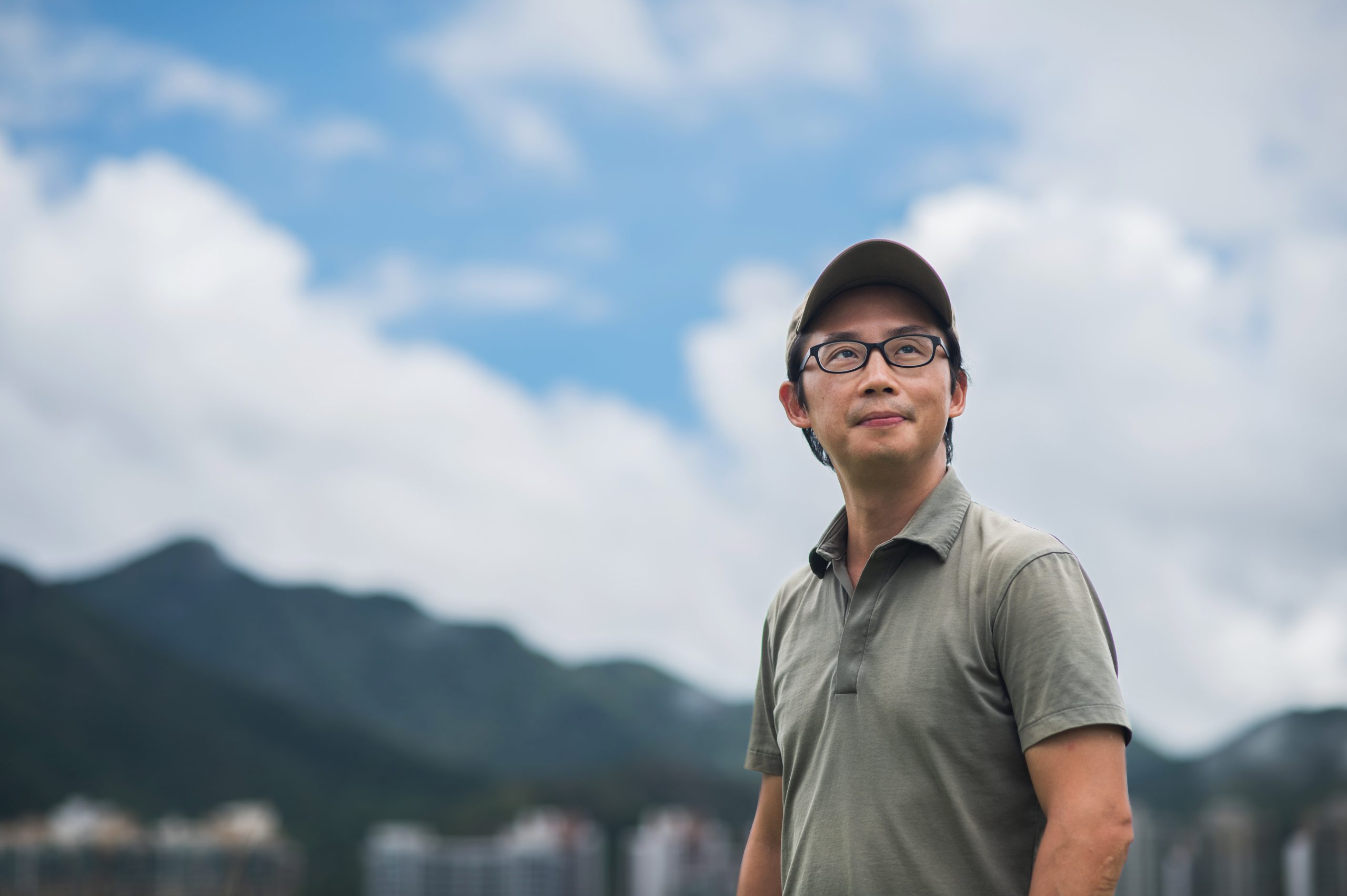
It is still an unknown how the villagers will be and what Mui Tsz Lam will become in ten or twenty years after. Has Thomas ever worried about how things may develop? “Experiences are not wasted,” he reckons that the course of countryside conservation is multilayered. “Instead of just us getting our hands dirty, everyone can too. I hope to consolidate the team, get our eye in and carry on.”
Thomas admits that he loves to delve into knowledge, and to strike sparks off one another through mutual interaction. “As a professor I actually want to learn more. Not that I lecture or inculcate in my students whatever I already know, but to share experiences and come up with new interpretations with each other. Apart from technology, our predecessors have bequeathed to us a lot of wisdoms and insights in life. I try to enrich myself and keep learning always.”
It is sometimes inevitable for us to lose the enthusiasm in life in the rat race. Thomas and his team practice what they advocate and enliven abandoned villages by architectural experiment. The satisfaction and appreciation thus gained are real and irreplaceable that authenticate the meaning of life. In light of the government’s North East New Territories New Development Areas Planning, if stakeholders and different parties are willing to lend a hand regardless of their backgrounds and presumptions, there is hope in raising awareness and preserving the cultural heritage and landscape of Hong Kong’s countryside.
Scholar Calling

“It’s a long way to Mui Tsz Lam. But some volunteers really enjoy that boat ride and hike — an interlude to wind down from city life,” says Ivan, student of School of Architecture, CUHK. Volunteers also get along very well with villagers.
“They share a simpatico relationship. Some villagers have lived abroad, and as they return they come here every week. The landscape you see now is the first fruit of their laborious effort in the past decade.”
Want to take part in countryside conservation? Get hands-on with architectural restoration? Meet amiable villagers? Sign up and immerse in the beauty of Mui Tsz Lam! Project Plum Grove
Collaborative Conservation: Regenerating Mui Tsz Lam village with Participatory Rebuilding
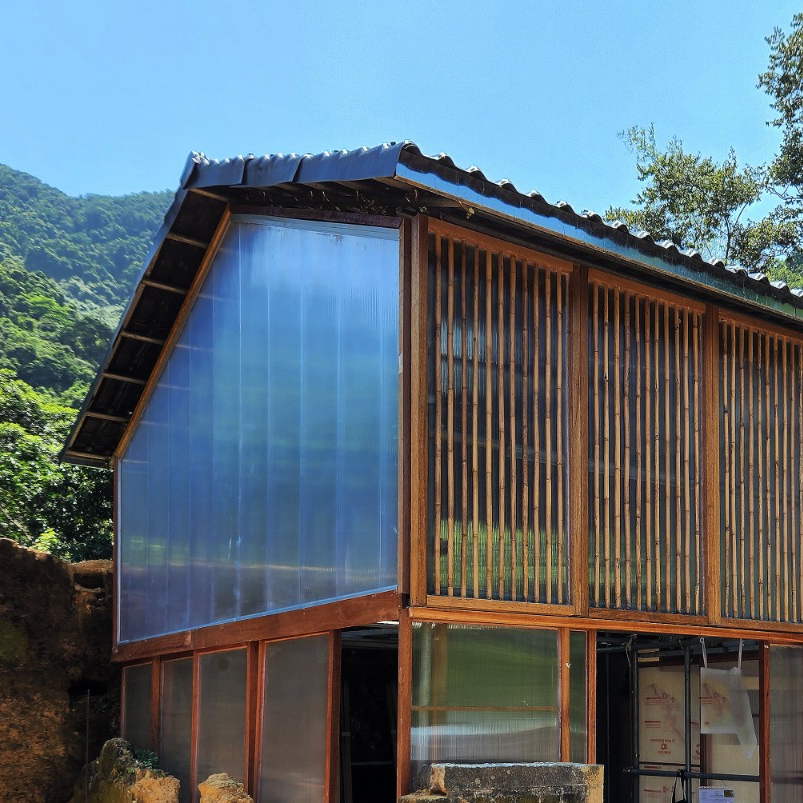
Starting year: 2022
Project fund: Knowledge Transfer Project Fund (KPF)
Project members: Prof. Thomas CHUNG, project core team and students of School of Architecture, CUHK, volunteers
Collaborators: CUHK I·CARE, Hong Kong Institute of Construction
Objective: The project aims at opening up and revitalising remote countryside areas by experimental architecture to conserve and explore rural living. Villagers, students and interested members of the public are encouraged to design together, and come up with sustainable ways to conserve Mui Tsz Lam.
(Photo: CUHK School of Architecture; Photographer: Ian Chen Jiajian)
Additional
Original text in Chinese:Alice Fong @ORKTS
English translation:Miriam Lee
***
Not yet a subscriber? ! Do it now!
Curated by InnoPort Team, one email to feed you the hottest info and story from the innovation universe — CUHK and beyond!
***
Where Ideas Root and Flourish



